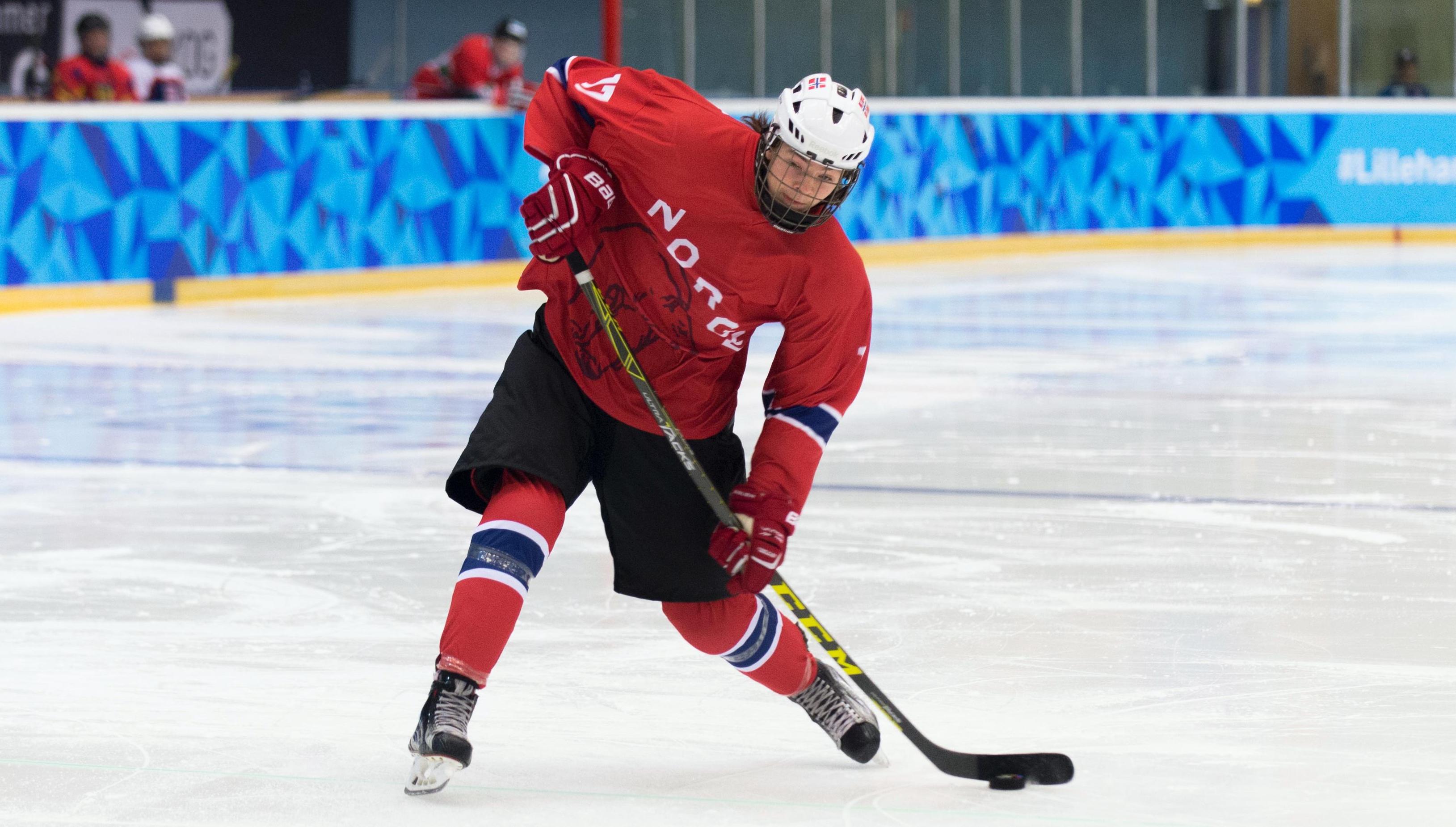Groin pain
Groin pain is common in sports that involve a lot of kicking, sprinting, and sudden changes in direction. It is most common in football, but also occurs frequently in ice hockey and handball.

Groin pain can occur as an acute injury or gradually over time (overuse injury). In fact, pain that is caused by an overuse injury can begin acutely. Acute injuries usually occur as the result of one inciting event where the muscle or tendon is damaged. Gradually incurred groin pain is more difficult to pinpoint to one particular event and may have several causes. In some cases, the hip joint is the main reason athletes are experiences groin pain.
Risk factors
Reduced strength in the musculature of the hip and lack of sport-specific training increase the risk of sustaining a groin injury. Also, a previous groin injury increases the risk of groin pain in the future. Previously, it was believed that competing at an elite level increased the risk of groin pain, but recent studies have demonstrated that the risk is the same for all athletes regardless of their level. There is no evidence to suggest that a large training load is a risk factor, even though it is believed to play an important role in the development of overuse injuries.
Signs and symptoms
The most common symptom is pain in the groin area that worsens during activity. Sprinting, quick turns and kicking are examples of activities that might be painful. It is normal for the condition to affect the amount of sport specific training and the performance of the athlete.
In the beginning, the pain usually comes on gradually while training or following the activity. For many, pain and stiffness may also be present the following day. These two symptoms are often alleviated by warming up before practice and games. Once the condition progresses, even warming up will not help any longer. A lot of athletes push through these initial symptoms until it simply becomes too painful to continue. This is foolish because the condition is far easier to treat in the early phases.
Diagnosis
Diagnosing groin pain can be challenging. There are many possible causes of gradually developing groin pain. A thorough medical history and physical examination are essential in making a correct diagnosis. The latter will determine the choice of treatment and ultimately, the end result.
Treatment
Active rehabilitation involving a personalised training program supervised by a physiotherapist has been proven to be more effective in the treatment of persistent groin pain compared to other measures. In rare situations where the treatment has not been successful, alternative treatments, such as surgery, may be necessary.


